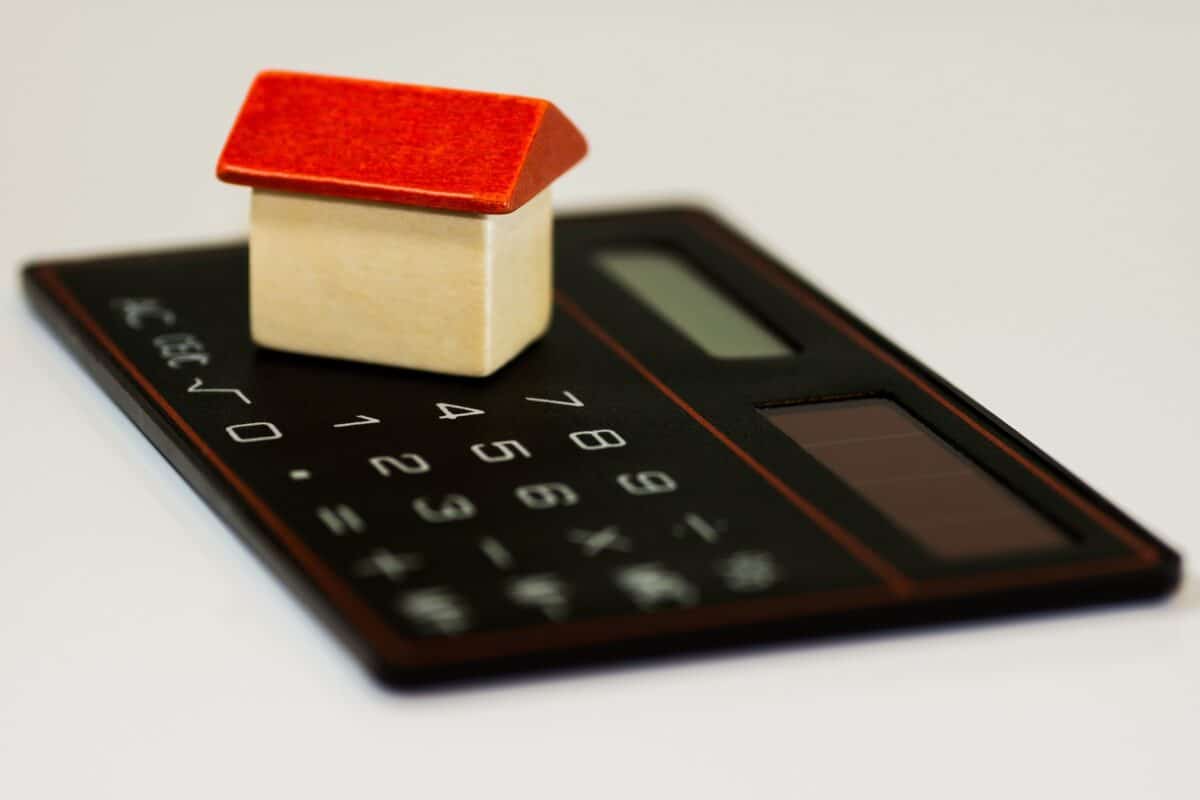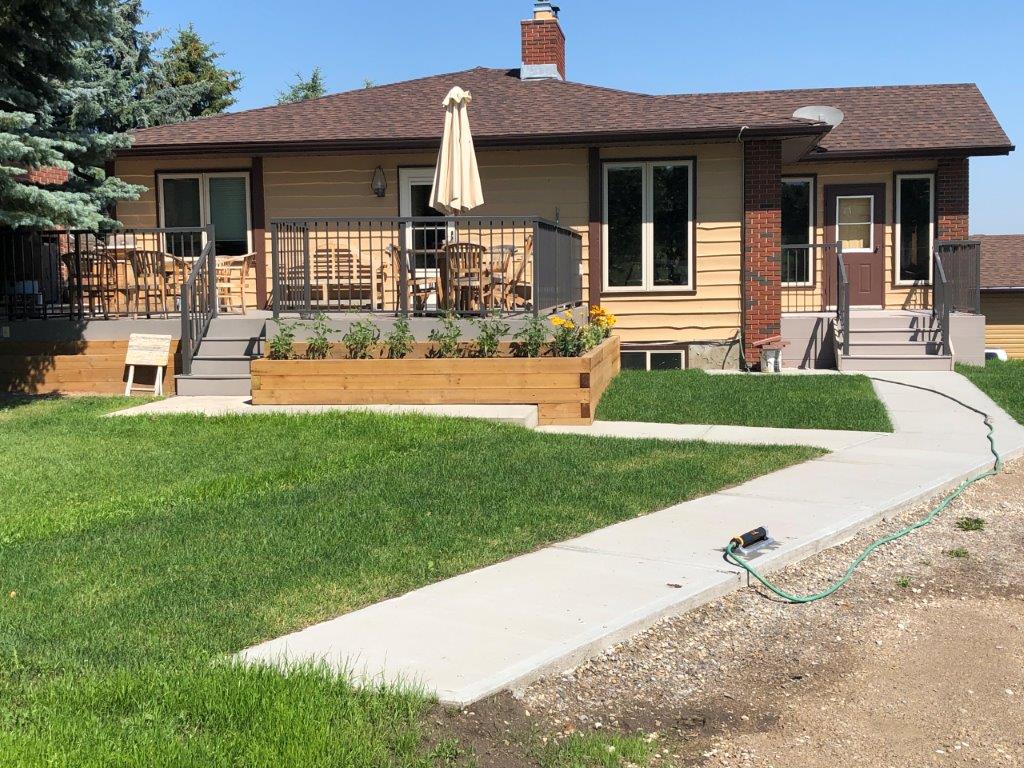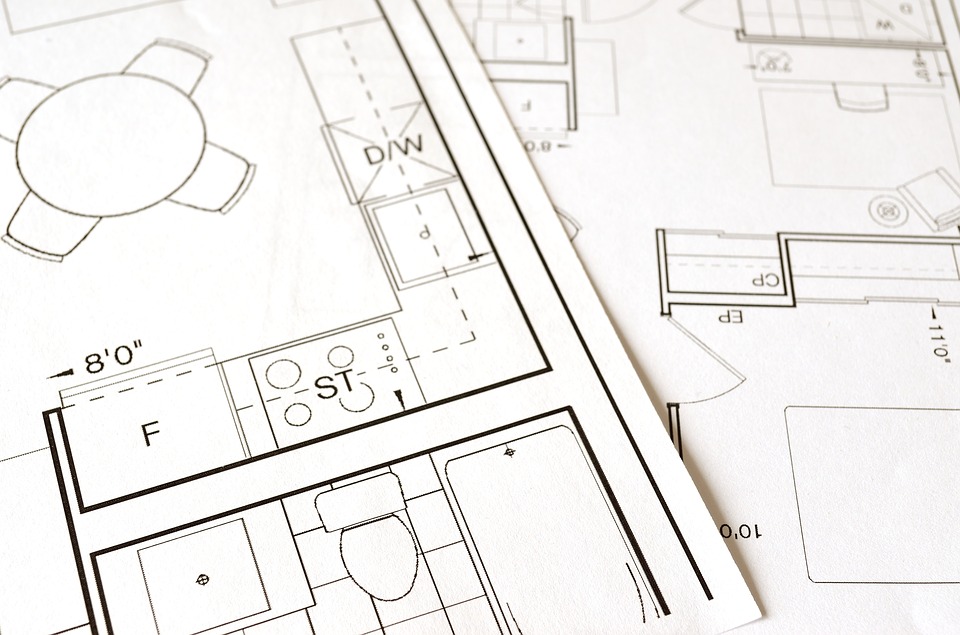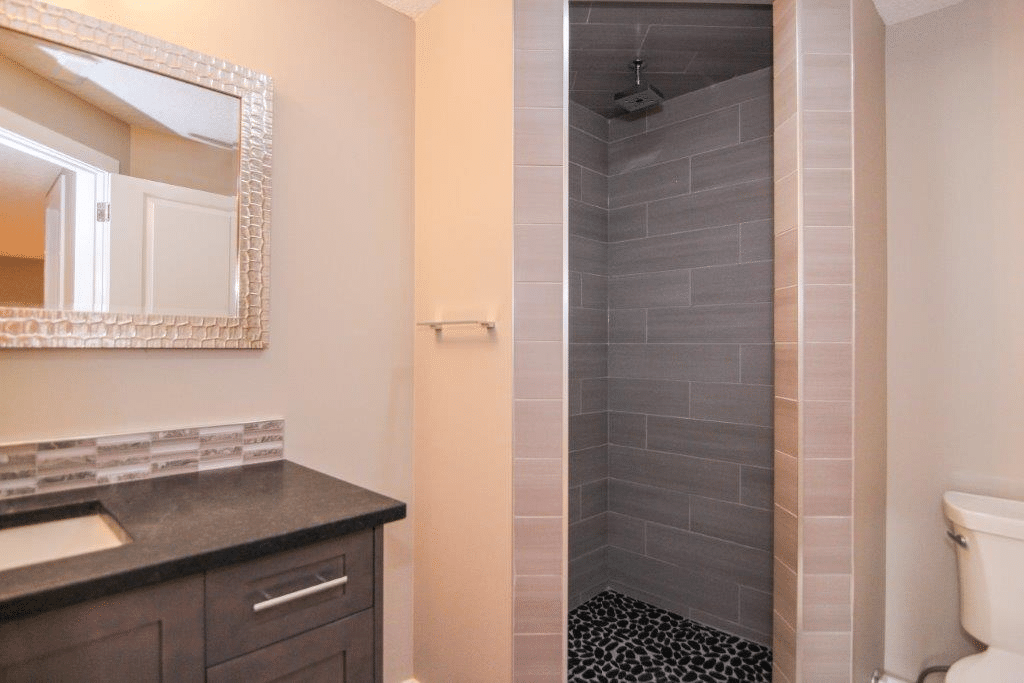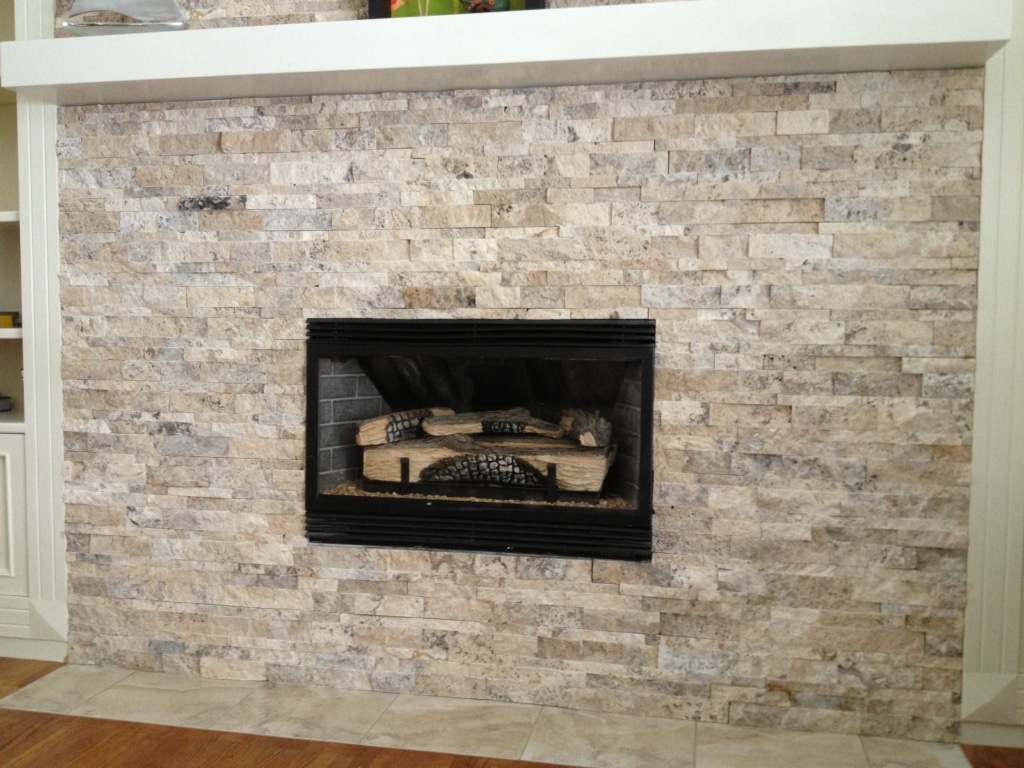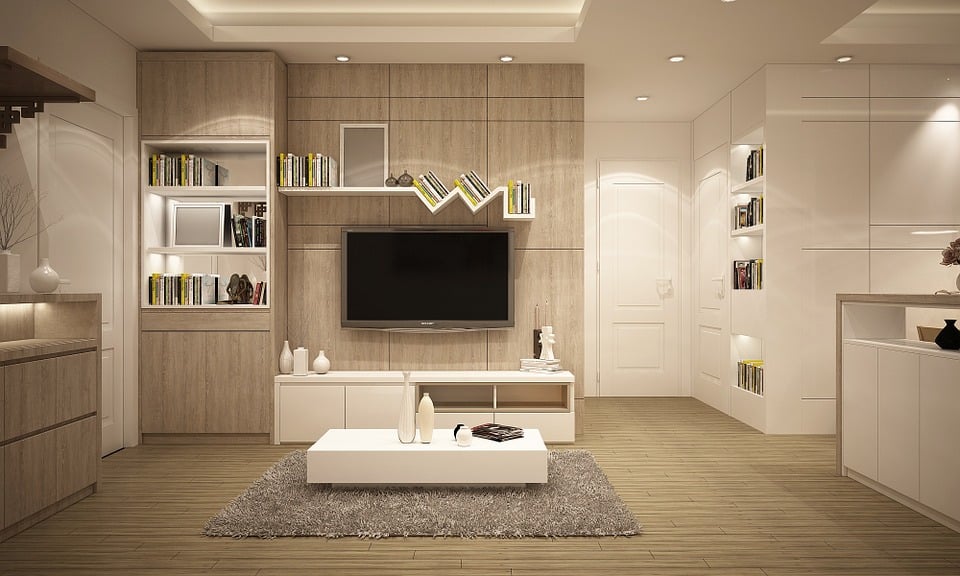Top 10 Energy Efficient Tips for Your Home

As energy costs continue to rise and environmental concerns grow, homeowners are increasingly looking for ways to make their homes more energy-efficient. Not only can these improvements reduce your carbon footprint, but they can also lead to significant savings on your utility bills. In this article, we’ll explore the top 10 energy-efficient tips that can transform your home into a model of sustainability and cost-effectiveness.
Energy Efficient Tips
1. Schedule an EnerGuide Home Evaluation
An EnerGuide home evaluation is an essential first step in improving your home’s energy efficiency. This professional assessment provides a comprehensive analysis of your home’s energy performance, identifying areas where improvements can be made.
During the evaluation, an energy advisor will examine various aspects of your home, including insulation, air leakage, heating and cooling systems, and overall energy consumption patterns. They will use specialized equipment to measure air tightness and thermal imaging to detect heat loss areas.
Based on their findings, the advisor will provide you with a detailed report outlining your home’s current energy efficiency rating and recommendations for improvements. This personalized roadmap can help you prioritize upgrades and make informed decisions about energy-saving investments.
The EnerGuide evaluation also serves as a baseline for measuring improvements over time. After implementing recommended changes, you can schedule a follow-up evaluation to see how much your home’s energy efficiency has improved.
Many provinces and municipalities offer rebates or incentives for homeowners who conduct EnerGuide evaluations and implement energy-saving measures. Be sure to check with your local government or utility provider for available programs that can offset the cost of the evaluation and subsequent upgrades.
2. Upgrade Your Insulation
Proper insulation is crucial for maintaining a comfortable indoor temperature and reducing energy consumption. It acts as a barrier to heat flow, keeping your home warm in winter and cool in summer.
Start by assessing your current insulation, particularly in the attic, walls, and basement. Many older homes lack adequate insulation, leading to significant heat loss. Adding or upgrading insulation can dramatically improve your home’s energy efficiency.
When choosing insulation materials, consider factors such as R-value (thermal resistance), cost, and environmental impact. Options include fiberglass, cellulose, spray foam, and mineral wool. Each has its advantages, so consult with a professional to determine the best choice for your home.
Pay special attention to areas prone to air leaks, such as around windows, doors, and where walls meet the attic or foundation. Proper air sealing in conjunction with insulation upgrades can maximize energy savings and improve indoor air quality.
Remember that insulation is not a one-size-fits-all solution. The amount and type of insulation needed can vary depending on your climate zone, home construction, and heating/cooling systems. A professional energy auditor can provide tailored recommendations for your specific situation.
3. Install Energy-Efficient Windows and Doors
Windows and doors can be significant sources of heat loss in a home. Upgrading to energy-efficient models can help maintain indoor temperatures and reduce the workload on your heating and cooling systems.
Look for windows with double or triple glazing, low-emissivity (low-E) coatings, and gas fills between panes. These features help insulate against heat transfer and block harmful UV rays. Energy Star certified windows can reduce your energy bills by up to 12% compared to single-pane windows.
When selecting doors, opt for models with a tight fit and proper weatherstripping. Steel and fiberglass doors with foam insulation cores offer better thermal performance than traditional wooden doors. For sliding glass doors, choose those with multiple panes and low-E coatings.
Consider the orientation of your windows when making upgrades. South-facing windows can help with passive solar heating in winter, while proper shading or reflective coatings can reduce heat gain in summer. Strategic placement of windows can also improve natural ventilation, reducing the need for air conditioning.
Don’t forget about proper installation. Even the most energy-efficient windows and doors won’t perform well if they’re not correctly installed. Hire a qualified professional to ensure proper fit, sealing, and insulation around the frames.
4. Switch to LED Lighting
Lighting accounts for a significant portion of a home’s electricity use. Switching to LED (Light Emitting Diode) bulbs is one of the easiest and most effective ways to reduce energy consumption.
LED bulbs use up to 90% less energy than traditional incandescent bulbs and can last up to 25 times longer. This means not only lower electricity bills but also reduced replacement costs over time. While LED bulbs may have a higher upfront cost, their long lifespan and energy savings make them a cost-effective choice in the long run.
In addition to energy savings, LED bulbs offer other benefits. They produce less heat than incandescent bulbs, which can help reduce cooling costs in summer. They also come in a variety of color temperatures, allowing you to create the perfect ambiance in each room.
Consider installing dimmer switches with your LED lights. This allows you to adjust light levels to suit your needs and can further reduce energy consumption. Just make sure to choose LED bulbs that are compatible with dimmer switches.
Don’t forget about outdoor lighting. LED bulbs are excellent for exterior use, as they perform well in cold temperatures and can withstand the elements. Motion sensors or timers for outdoor lights can provide additional energy savings and security.
5. Invest in Energy-Efficient Appliances
Appliances can account for a significant portion of your home’s energy use. Upgrading to energy-efficient models can lead to substantial savings on your utility bills.
When shopping for new appliances, look for the ENERGY STAR label. These products meet strict energy efficiency guidelines set by the U.S. Environmental Protection Agency and the Department of Energy. ENERGY STAR certified appliances use 10-50% less energy than standard models, depending on the type of appliance.
Consider the long-term costs when making your decision. While energy-efficient appliances may have a higher upfront cost, the energy savings over the life of the appliance often outweigh the initial investment. Many utility companies offer rebates for purchasing ENERGY STAR certified appliances, which can help offset the cost.
Pay attention to the EnerGuide label on appliances, which provides information about the product’s energy consumption. This label allows you to compare the energy use of different models, helping you make an informed decision.
Remember that proper maintenance of your appliances can also improve their efficiency. Regular cleaning of refrigerator coils, replacing air filters in HVAC systems, and cleaning dryer vents can help your appliances run more efficiently and extend their lifespan.
6. Use Smart Thermostats
Smart thermostats are a game-changer when it comes to home energy efficiency. These devices learn your schedule and preferences, automatically adjusting your home’s temperature for optimal comfort and energy savings.
One of the key features of smart thermostats is their ability to create heating and cooling schedules. They can lower the temperature when you’re asleep or away from home, and raise it just before you wake up or return. This ensures you’re not wasting energy heating or cooling an empty house.
Many smart thermostats can be controlled remotely via smartphone apps. This allows you to adjust your home’s temperature from anywhere, perfect for when your plans change unexpectedly. Some models even use geofencing to detect when you’re approaching home and adjust the temperature accordingly.
Advanced smart thermostats can integrate with other smart home devices and learn from your behaviors. For example, they can use occupancy sensors to detect when rooms are empty and adjust heating or cooling accordingly. Some can even take into account local weather forecasts to optimize your HVAC system’s performance.
While the upfront cost of a smart thermostat may be higher than a traditional model, the potential energy savings can be significant. Many users report saving 10-15% on their heating and cooling costs after installing a smart thermostat. Some utility companies offer rebates or discounts on smart thermostats, making them an even more attractive option.
7. Implement Smart Power Management
Smart power management is an effective way to reduce energy waste from standby power, also known as “vampire” or “phantom” load. This is the electricity consumed by devices when they’re turned off but still plugged in.
Start by identifying devices that consume standby power, such as televisions, computers, game consoles, and kitchen appliances with digital displays. These devices can account for up to 10% of your home’s energy use.
Invest in smart power strips or advanced power bars. These devices can automatically cut power to peripheral devices when a main device (like a TV or computer) is turned off. Some smart power strips even have occupancy sensors that can detect when a room is empty and cut power to connected devices.
Consider using smart plugs for individual devices. These Wi-Fi-enabled plugs can be controlled via smartphone apps or voice assistants, allowing you to easily turn off devices when they’re not in use. Many smart plugs also offer energy monitoring features, helping you identify energy-hungry appliances.
Develop good habits around power management. Make it a routine to unplug devices that aren’t frequently used, like guest room TVs or rarely-used kitchen appliances. When going on vacation, do a sweep of your home and unplug non-essential devices to save energy while you’re away.
8. Consider Renewable Energy Options
Incorporating renewable energy sources into your home can significantly reduce your reliance on grid electricity and lower your carbon footprint. Solar panels are one of the most popular options for homeowners.
Before investing in solar panels, assess your home’s solar potential. Factors to consider include the orientation and pitch of your roof, shading from nearby trees or buildings, and local climate conditions. Many solar companies offer free assessments to help determine if your home is suitable for solar installation.
While the upfront cost of solar panels can be substantial, there are various financing options available, including solar leases and power purchase agreements. Additionally, many governments offer tax incentives, rebates, or grants for solar installations, which can help offset the initial investment.
Consider battery storage systems in conjunction with solar panels. These allow you to store excess energy generated during sunny periods for use during cloudy days or at night, further reducing your reliance on grid electricity.
Remember that solar panels are not the only renewable energy option. Depending on your location and property, you might also consider small wind turbines, geothermal heat pumps, or micro-hydro systems. Each has its own advantages and considerations, so research thoroughly and consult with professionals to determine the best fit for your home.
9. Optimize Ventilation Systems
Proper ventilation is crucial for maintaining good indoor air quality and managing moisture levels in your home. However, traditional ventilation systems can lead to significant heat loss. Optimizing your ventilation system can improve both energy efficiency and indoor comfort.
Consider installing a heat recovery ventilator (HRV) or energy recovery ventilator (ERV). These systems exchange stale indoor air with fresh outdoor air while recovering heat (or coolness in summer) from the outgoing air. This can significantly reduce the energy needed to heat or cool fresh air.
Ensure that your kitchen and bathroom exhaust fans are properly sized and vented to the outside. These fans play a crucial role in removing excess moisture and odors. However, they can also remove conditioned air if left running too long. Consider installing fans with humidity sensors or timers to automate their operation.
Don’t overlook natural ventilation. Strategically opening windows can create cross-breezes that can cool your home without using energy. In climates with cool nights, opening windows at night and closing them during the day can help maintain comfortable temperatures without relying heavily on air conditioning.
Regular maintenance of your ventilation system is essential. Clean or replace filters in your HVAC system and exhaust fans regularly. Have your ductwork inspected for leaks and ensure it’s properly insulated, especially in unconditioned spaces like attics or crawl spaces.
10. Stay Informed About Government Incentives
Governments at various levels often offer incentives to encourage homeowners to improve their home’s energy efficiency. Staying informed about these programs can help you save money on energy-efficient upgrades.
Start by checking with your local utility company. Many offer rebates for energy-efficient appliances, smart thermostats, or home energy audits. Some even provide free or discounted LED light bulbs or low-flow showerheads to help you get started with energy-saving measures.
Look into federal and provincial tax credits or rebates for energy-efficient home improvements. These can include incentives for upgrading insulation, installing energy-efficient windows and doors, or investing in renewable energy systems like solar panels.
Be aware of time-limited programs or grants. Governments sometimes offer special incentives for a limited time to encourage rapid adoption of certain technologies or practices. Staying informed can help you take advantage of these opportunities when they arise.
Consider financing options specifically designed for energy-efficient upgrades. Some governments or financial institutions offer low-interest loans or special mortgage products for energy-efficient homes or renovations.
Remember that eligibility criteria and available incentives can change over time. Regularly check government websites or consult with energy efficiency professionals to stay up-to-date on the latest programs and how to qualify for them.
By implementing these top 10 energy-efficient tips, you can significantly reduce your home’s energy consumption, lower your utility bills, and contribute to a more sustainable future. Remember, every small change adds up, so start with what’s feasible for you and gradually work towards a more energy-efficient home.


